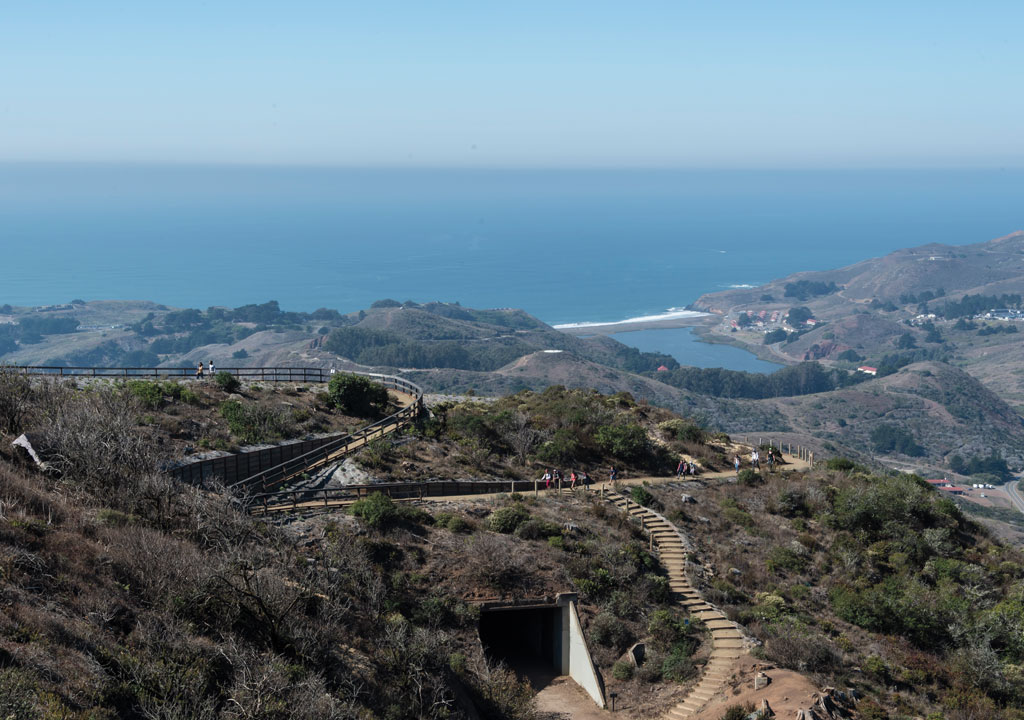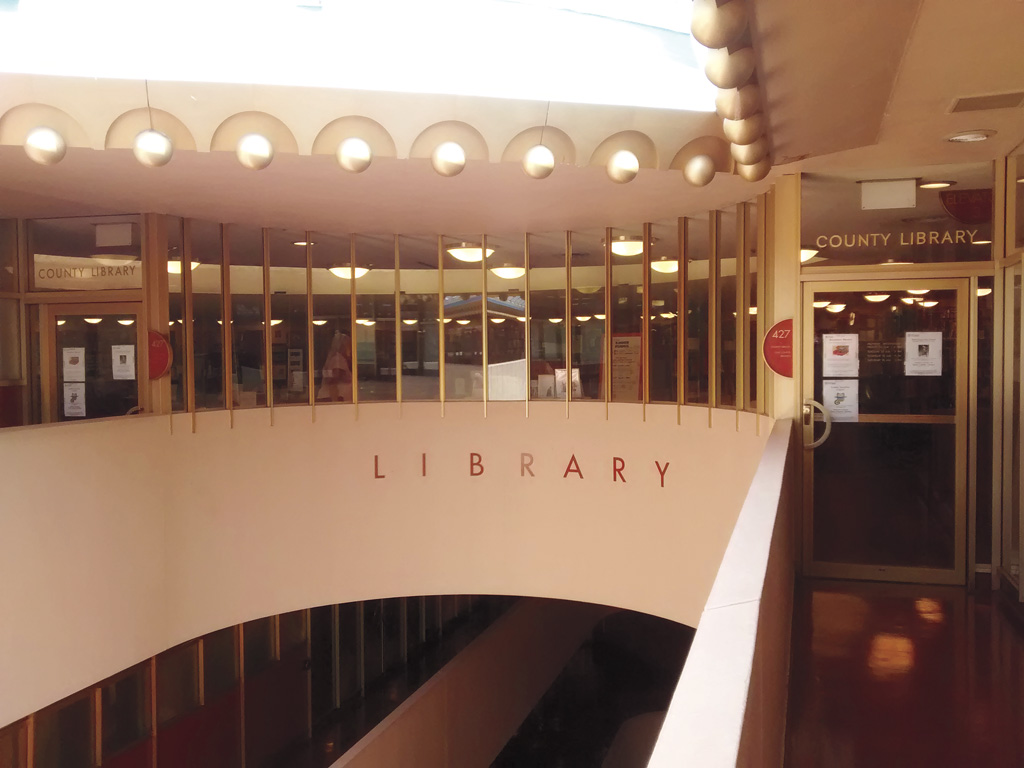News
Hawk Hill Improvements Enters Next Phase
 Photo by Alison Taggart-Barone, courtesy of Golden Gate National Parks Conservancy
Photo by Alison Taggart-Barone, courtesy of Golden Gate National Parks ConservancyHawk Hill is a place of constant motion. On a geologic timescale, the site was formed from the forceful collision of tectonic plates, an ancient ocean floor pushed skyward. On a human timescale, a rhythmic pulse of bikers, visitors and coastal fog traverse the peak. To keep up with the active site, the National Park Service and Golden Gate National Parks Conservancy are entering into a third phase of improvements that will provide greater accessibility, enhance ecology and historical resources, and bolster the site’s namesake status as a raptor observatory.
The process of improvement started with an extensive mapping effort to understand the many distinct elements of Hawk Hill, located in the Marin Headlands. The site improvements team considered factors ranging from locations of plant habitat for the Mission Blue butterfly, an endangered species, to the footprint of historical military structures from World War II and the Cold War. The improvement projects are attempts to bring these unique natural and human stories closer to visitors.
“You have endangered species and resources that are decades old. To be able to bring people into that versus putting a fence around it and saying ‘read this sign and don’t touch it’ is really innovative,” says Claire Mooney, vice president of park places and innovation at the Golden Gate National Parks Conservancy.
Phase two, completed last fall, improved the Tunnel Loop Trail, which now provides greater accessibility to sweeping vistas overlooking the Pacific Ocean and Marin Headlands. Phase three, scheduled to start later this year, will focus on improving access for visitor exploration at the apex of Hawk Hill, through trail improvements and military structure rehabilitation. The project will also aid scientific efforts to monitor the largest raptor migration on the West Coast.
“As a bird migration thoroughfare, it is unrivaled in the Pacific shoreline from Vancouver all the way down to Baja,” says Allen Fish, associate director of conservation and community programs at the Golden Gate National Parks Conservancy. With strong thermals and updraft, Hawk Hill provides raptors a vital boost over the Golden Gate gap and down the California Coast.
The Golden Gate Raptor Observatory (GGRO), founded in 1984, has continuously monitored raptor migrations that occur most notably from August to November, contributing to important scientific knowledge about changes in populations over time. For Fish, who has led the effort since 1985, the GGRO demonstrates how human and natural histories intersect at Hawk Hill. “Although the landscape on Hawk Hill has largely been defined by what the military left in the 1970s when they departed, it means that we have a location that of course didn’t get developed in the 100 years prior, which is just tremendous,” Fish says.
Phase three improvements to trails and military infrastructure will also help facilitate raptor observation. In peak migration season, visiting Hawk Hill might include sightings of peregrine falcons, golden eagles and a mix of Cooper’s, red-tailed and sharp-shinned hawks. While some birds may be residents of the area, many are on grand journeys that cross over hemispheres. Sight an osprey and it may be traveling to the Chilean coast; a broad-winged hawk perhaps is heading to a second summer in the Amazon Basin.
The story of the site is anything but static. Phase three upgrades will continue to offer visitors access to vast landscapes and human histories, a journey worth making whether it’s the first time or a revisit. If you stop by in the fall, you might find you are not the only one gaining new perspectives at Hawk Hill: just look for raptors soaring above.









